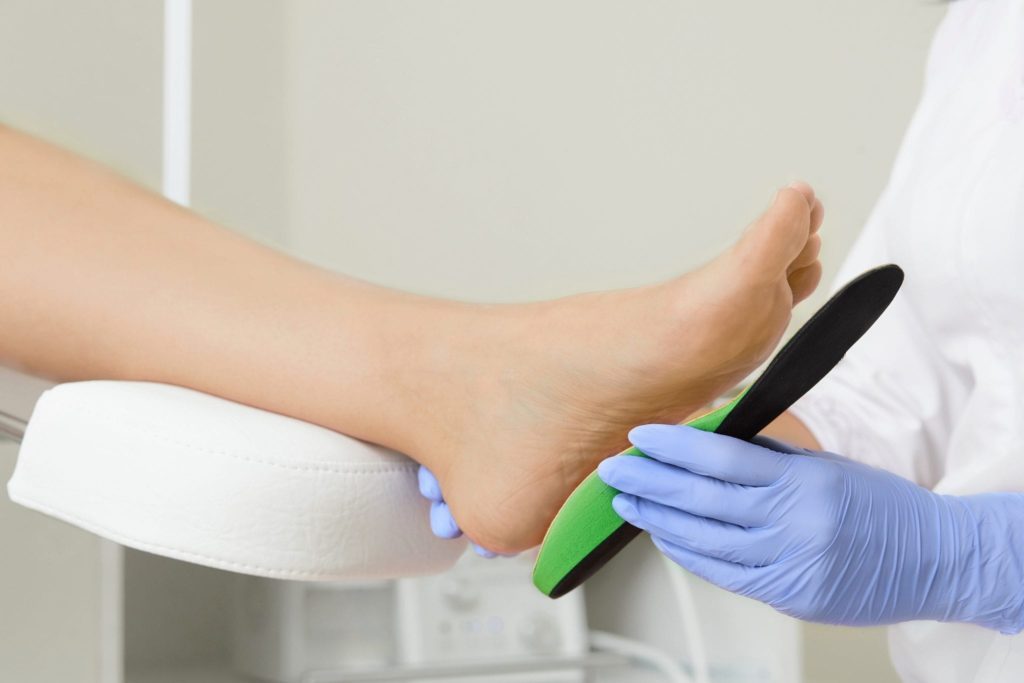What is a bunion?
A ‘bunion’ is the lay term that describes an enlargement and deformity of the big toe joint. The deformity arises because of a progressive dislocation of the big toe joint, which causes the toe to move towards the second toe. At the same time the 1st metatarsal (long bone) moves in the opposite direction which creates a bony lump on the inside of the foot. |

What are the symptoms?
The pain and swelling you experience with a bunion are as a result of shoe pressure against the bony prominence and/or degenerative arthritis within the big toe joint. Occasionally there will be an associated bursitis (inflamed soft tissue sac) present overlying the big toe joint, which will add to the present discomfort. As the bunion deformity worsens, the big toe joint becomes more arthritic from being in a chronically subluxed position. |











